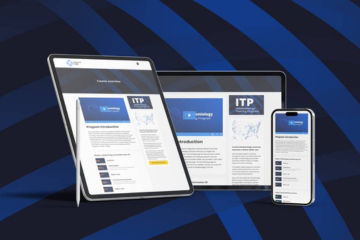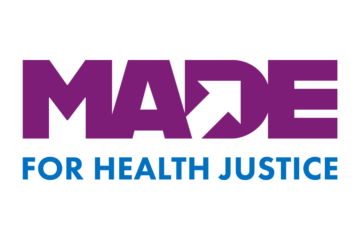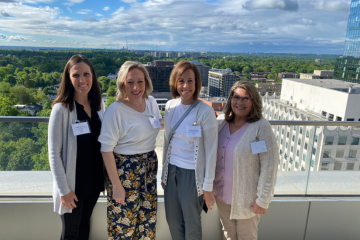The public health crisis of opioid-related harm continues to take an unprecedented toll. Opioids, both alone and in combination with other drugs, were responsible for approximately 48,000 deaths in America in 2017, a nearly six-fold increase over the past two decades. This staggering loss of life is particularly tragic because many of these individuals would likely be alive today had they received naloxone, an opioid antagonist that quickly and effectively reverses opioid overdose.
Naloxone has been used for decades by EMS and other medical professionals to reverse overdose. Most overdoses, however, occur outside the presence of medical professionals, and many people who use drugs, also known as PWUD, are afraid to call 911 to report an overdose. In large part due to the continued criminalization and stigmatization of addiction, PWUD and their friends and family are often the first, and sometimes the only, overdose responders. Because the probability of irreversible opioid-related harm increases with the amount of time that passes before the overdose is reversed, ensuring that those people have naloxone should be a key component of harm reduction and public health programs.
Unfortunately, although recent data from the Centers for Disease Control and Prevention shows that bystanders were present at approximately 45 percent of fatal opioid overdoses, naloxone was administered only about 4 percent of the time. Eliminating this gap represents a critical opportunity to reduce opioid-related deaths and related harm. A recent study estimated that broader community access to naloxone could prevent 21,000 deaths over a 10-year period — more than restrictions on prescription opioids or expanding medications for addiction treatment.
Since the 1990s, PWUD-led initiatives and, later, health departments and other organizations have trained laypersons to effectively respond to opioid overdose with naloxone. These efforts were assisted by laws that make it easier to access naloxone in a variety of ways, most notably by permitting it to be prescribed outside of the normal provider/patient relationship and dispensed by people who are not otherwise permitted to distribute prescription drugs.
The newest form of naloxone access laws goes a step further, by requiring that naloxone be co-prescribed to patients who are at increased risk for overdose, such as those on high doses of opioids or both opioids and benzodiazepines. Such co-prescribing is recommended by the CDC and other governmental organizations, and is becoming more common across the country. On Nov. 4 at the APHA Annual Meeting in Philadelphia, a cross-disciplinary team will present results of a study of naloxone co-prescribing mandates on naloxone distribution from a large pharmacy chain. These researchers found that requirements that naloxone be prescribed to patients at increased risk of overdose enhanced community naloxone provision, engaged more and varied prescribers, and expanded the geographic reach of naloxone provisions. While the study was not designed to determine if these changes lead to reduced numbers of overdoses, it seems likely that they will.
Community distribution, where naloxone is provided directly to PWUD, likely remains the most effective and cost-effective manner of increasing access to this life-saving medication. Further legal changes, most notably making naloxone available over the counter and removing criminal penalties associated with drug use, are needed to ensure that nobody dies of opioid overdose. Co-prescribing mandates, however, seem to be effective at increasing naloxone access among individuals at increased overdose risk and present a promising opportunity to save lives.
Corey Davis, deputy director for the Southeastern Region of the Network for Public Health Law, is a member of the first class of 40 Under 40 in Public Health. This post was first published on the APHA Annual Meeting blog as part of the “Fresh Perspectives” series, presented by the de Beaumont Foundation.





